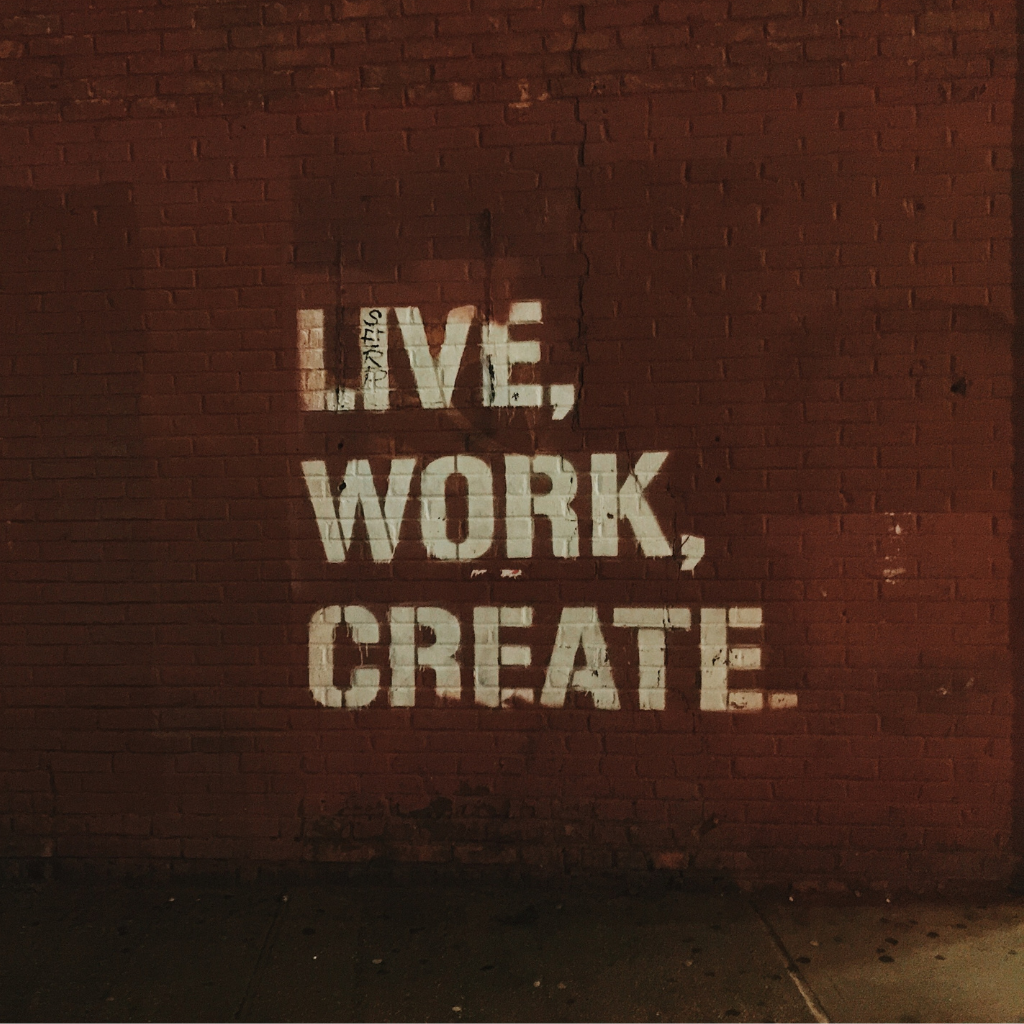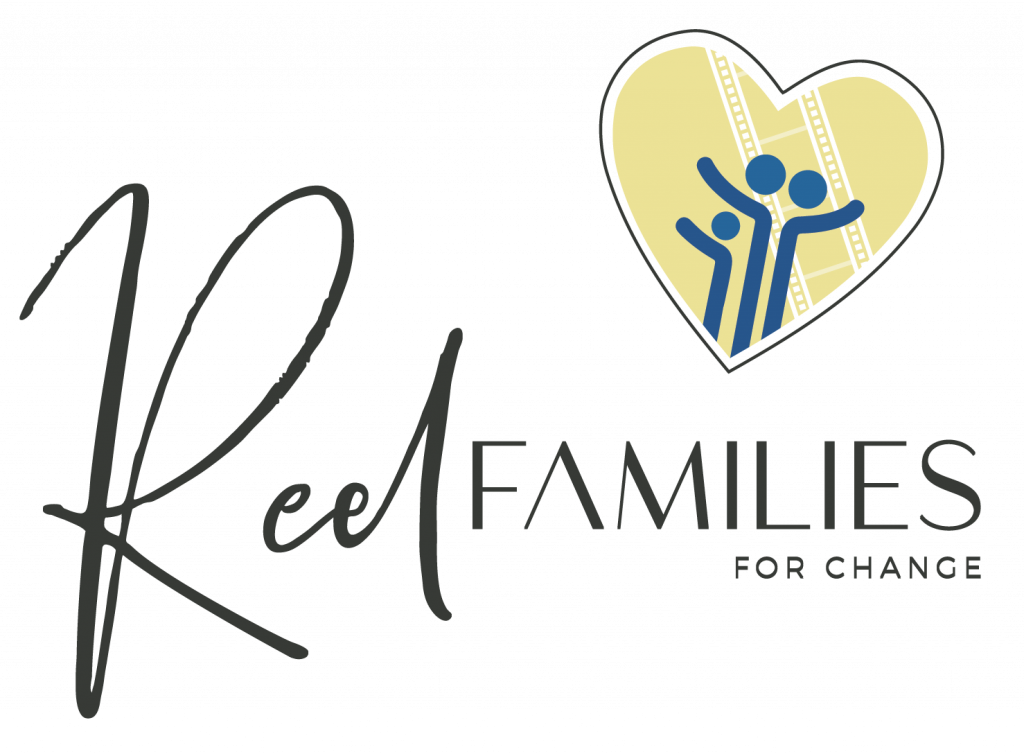The Equity Issue
addressing the Screen Industry's Work-Life Integration Challenges
Written by Sarah Lutot
A post-pandemic screen industry has pushed the notion of work-life integration to center stage.
Historically, the film, television, and new media industries – collectively known as the screen industry – have operated with long working days, irregular hours, and heavy workload expectations. With its fast pace and high demands, it has been largely unsustainable since its fruition. One might presume, given the emphasis placed on work-life integration and out-of-work time since the pandemic, that this would be a foremost priority for screen industry leaders. However, current work-life integration methods in the industry maintain surface-level fixes rather than delving deeper into issues of care, personal well-being, and equity.
At Reel Families for Change (RFC), we believe that work-life integration is a byproduct of equitable practices. While the idea of equity generally relates to fairness and justice, there are infinite possibilities for its actualization. For instance, work-life balance is an equitable practice because it recognizes and appreciates workers as human beings, and gives them space (both at work and beyond) to become the happiest, healthiest version of themselves.
While we recognize that many facets must be considered in order to achieve deep-rooted solutions, there are two non-negotiable criteria we ascribe to when considering equitable outcomes: it must benefit the majority of people and it must be non-performative.
Intentional, non-performative solutions not only focus on access, but also on reducing exposure to harm.

Harm reduction shifts responsibility away from the worker who is told to adapt to the harmful infrastructure and to those responsible for designing and upholding that infrastructure, requiring them to make their employment structures equitable for all.
During the pandemic, many screenworkers anonymously shared their experiences with toxic, discriminatory, and inequitable work environments via the Instagram account @ia_stories. The account was critical in quantifying often anecdotal accounts of indiscretion and soon became a beacon of crew solidarity. Thanks to the collective voices of respondents, many industry leaders and frontrunners better understood the emphasis their workers placed on such wellness practices like shorter days, reasonable rest, and childcare.
Such practices do wonders to greatly improve the sustainability of screenwork. For instance, time sensible days decrease the standard workday on set from 16-18 hours down to 10. Several studies show that a workday in excess of 10 hours causes diminished work value for every hour thereafter, and for many screenworkers who have experienced the “hurry up and wait” aspect of being on set, this might seem relatable. Indeed, 10 hours on your feet is still difficult; however, appropriately planned shorter days allow for a crew to make their day, get a reasonable rest period before returning, and permits screenworkers to have lives outside of their jobs.
For many screenworkers, life beyond work often entails care obligations, namely child rearing. Having employer-supported childcare makes it possible for screenworkers to have a family and remain at work. Long days and undervalued wages leave little capacity for parenting and means for childcare. In many instances, parents will forgo working on a project because the cost of childcare exceeds their expected earnings. Employer support could be as minimal as offering vetted care options for workers to allocating space on-site where workers can access free childcare for the duration of the project.

Individually, each of these practices can have an exponentially beneficial impact on workers; combined, however, they can take screenwork from an all-encompassing, unsustainable job to a care-centered, fulfilling long-term career conducive to families. But, while these are indeed necessary steps in the right direction, they are not comprehensive.
We must also examine work-life integration through the lenses of race and gender equity, living wage, the increasing role of technology, and the notion of care itself if we are to design a truly equitable and inclusive workplace for all.
Traditionally, race and gender equity are not viewed as work-life integration issues. However, each demographic has been adversely affected by screen industry inequity as it pertains to hiring, retention, and advancement. The issue is only further compounded when we look at the intersections of race and gender and the toll this takes on many screenworkers’ professional lives and personal well-being.
For instance, Black and Brown women are more likely to have caretaker obligations before graduating high school, and this relates to physical, emotional and financial support. This limits the amount of time they can commit to any given job per day — meaning an industry that requires 16-plus hours daily is not a viable option for work. So while no one is actively excluding them, the very system is designed for those with the privilege of time and money to be able to participate. This limited access to entry means we are going without the various experiences, perspectives, and stories that can help to make our industry more inclusive and harm reductive.
The damaging effects of this intersection are further highlighted when we take wage into account. Black and Brown workers make substantially less than their White counterparts — especially Black and Brown women who only make about 63 cents on the dollar compared to White men. Granted, White men are not making an adequate living wage either, but this means that the gaps in work-life balance and access to certain benefits and wellness practices are widened for marginalized populations in the industry.
That’s why increasing the number of diverse screenworkers (i.e. creating more diverse representation and providing opportunities for career development) without increasing care and equity only adds to the harm done. Race and gender equity in the screen industry must be about harm reduction, and this is achieved through thoughtful and generative practices being introduced as standards.
One of the fundamental aspects of work-life integration is the ability to maintain a sustainable livelihood. Earning a living wage in the screen industry is something that is at the core of the ongoing WGA Writers Strike.
Even if all other methods of equity are met, inadequate compensation will still ensure the unsustainability of entering the screen industry. It is essential to recognize the value of screenwork and provide fair wages that reflect the immense contributions they make to entertainment.

Drawing upon their experiences, interactions, and beliefs to craft these incredible stories, screenworkers give the industry the value that is quite often overlooked. Those experiences are what make stories real and human, and they cannot be relegated to algorithms and AI. Screenworkers are worth more than the technology that is being used to threaten their replacement.
As the screen industry increasingly embraces technological advancements, there is a risk of overlooking the importance of human connection and emotion. While AI and other technologies enhance efficiency, they must not be allowed to do so at the expense of care. Fewer people should not mean fewer protections. The drive for automation and cost-cutting should not come to the detriment of screenworkers’ care and well-being.
We, at RFC – a family-focused nonprofit that centers work-life integration, encapsulate care as the center of all equitable measures. To us, care extends beyond the traditional notions of childcare and health. Instead, care encompasses the small, every-day choices we make to ensure one another’s well-being.
We believe that three simple actions can have monumental impact in how equity is achieved for screen professionals at work and beyond: (1) objective listening, (2) framing one’s response with empathy and humanity rather than authoritative rule, and (3) taking intentional action for the benefit of the whole.

This simple cycle can be replicated in many scenarios, for every worker. And while the listening part is crucial to understanding the concerns, the emphasis must be on the action. RFC’s Founder and Executive Director Akima A. Brown says, “You can’t have equity until you care. And care is not ‘I feel’, care is ‘I did or will do’.”
These moments of care, especially for marginalized populations, serve as a shield against systemic inequities in the industry. Centering care in the industry is how all of these other work-life integrations have the space to make a real impact in the day-to-day lives of screenworkers.
As the screen industry continues to evolve and redefine work-life integration, it is imperative to address the equity issues that persist within the field. By prioritizing care in equity, the screen industry can unlock the true potential of its workforce while reducing harm and fostering a culture of well-being for all involved.
Want to help?
Support our effort to create true equity in the screen industry with comprehensive work-life integrations. Make a tax-deductible contribution today.
Working on something and want to be sure your project is equitable? Interested in helping us spread the word about the equity issue? Reach out and let’s see how we can work together.





